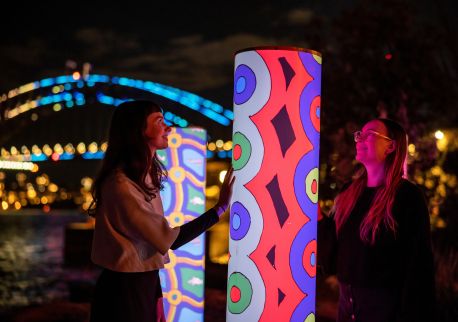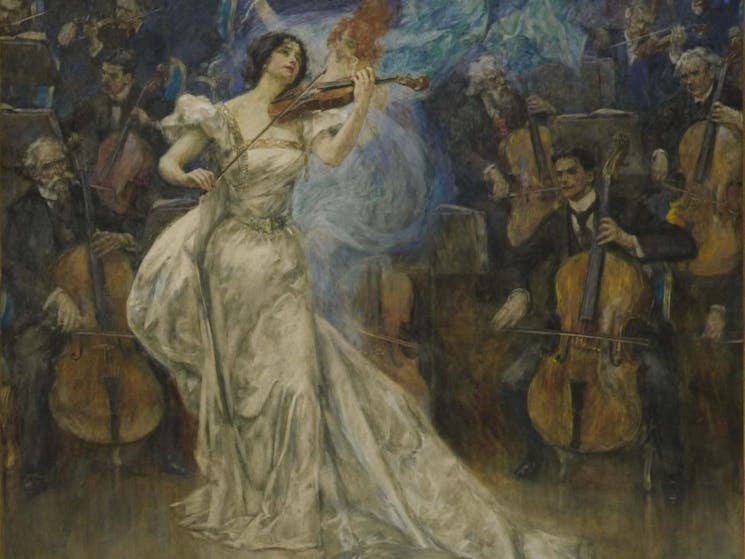Music Talk with Dr Paul Smith: The Concerto and the Birth of the Musical Celebrity
Wednesday 08 May 2024
Overview
This lecture will explore the history of the concerto and some of the most famous classical music performers in history. Delving into the development of the concerto form and drawing on a wide range of examples, this lecture will explain the musical characteristics of the classical concerto and also connect these ideas with the social and cultural landscape of the 19th century. Some contemporary examples will also be played showing how these trends have evolved into the 21st century. Underpinning the talk will be an understanding of the political economy of the musical soloist with the concerto star being one of the earliest forms of musical celebrity.
Accessibility
Allows a person's carer free entry into participating venues and events
Actively welcomes people with access needs.
Caters for people who are blind or have vision loss
Caters for people who are deaf or have hearing loss
Caters for people who use a wheelchair.
Caters for people with sufficient mobility to climb a few steps but who would benefit from fixtures to aid balance. (This includes people using walking frames and mobility aids)
Have a step free main entrance to the building and/or reception area (includes ramps or slopes with a maximum gradient of 1:14, otherwise are too steep for wheelchairs)
Have a wheelchair accessible toilet / shower and change room
Have accessible seating areas in theatrette
Have an accessible public toilet which is unlocked
Have grab rails in the bathroom
Have lifts with enough space for people using a mobility aid to enter and turn around to use the lift buttons. Buttons are at accessible height.
Have step free access to restaurant, lounge and bar
Have visual alerts for emergencies (Include flashing light)
Offer a range of contact methods for receiving complaints
Offer multiple options for booking - web, email, phone
Train your staff in customer service for people with vision loss (training would incorporate way finding and communicating with people with vision loss)
Train your staff in communicating with people who are deaf or have hearing loss
Train your staff in communicating with people with learning or behavioural challenges
Train your staff in disability awareness
Use easy read fonts in your signage and communication materials (Helvetica and Arial)
Welcomes and assists people who have challenges with learning, communication, understanding and behaviour. (includes people with autism, intellectual disability, Down syndrome, acquired brain injury (ABI), dyslexia and dementia)




















